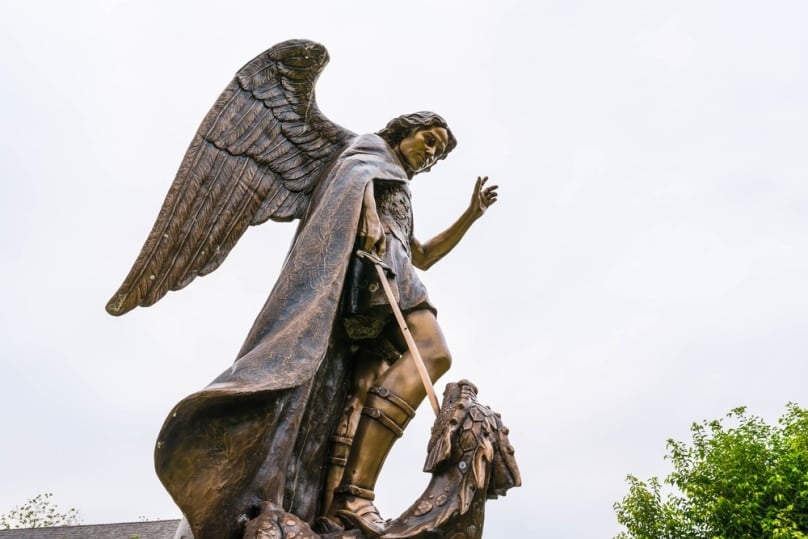
Dear Father, Why do we call St Michael, St Gabriel and St Raphael saints, and why does the Church celebrate their feast day each year?
As you imply in your question, we normally reserve the term saint for human beings who led exemplary, holy lives and who have been recognised as saints by the Church. Why would we include angels, or in this case archangels, among the saints?
The answer can only be that the tradition of the Church has for many centuries included these archangels among the saints and has given them that title. If a saint is someone who led a holy life then surely the angels deserve this title. This does not mean that we are meant to imitate angels, for as purely spiritual beings they are able to do things we humans cannot do, but we can certainly invoke their intercession for our many needs.
Why do we celebrate their feast day each year? Each of these archangels is mentioned in the Bible and so it was natural that devotion to them would have taken root and grown over the years. Let us look at each one in particular.
We can begin with St Michael, whose name means “Who is like God”, alluding to his special place among the angels and his power over Satan. St Michael appears four times in the Bible, two of them in the book of Daniel. In the first, Daniel has a vision of a powerful man or angel who tells him, “The prince of the kingdom of Persia withstood me 21 days; but Michael, one of the chief princes, came to help me… There is none who contends by my side against these except Michael, your prince” (Dan 10:13, 21). The second is more succinct: “At that time shall arise Michael, the great prince who has charge of your people” (Dan 12:1).
In the New Testament, in the letter of St Jude, we again find St Michael, now called an archangel, battling against the devil: “But when the archangel Michael, contending with the devil, disputed about the body of Moses, he did not presume to pronounce a reviling judgment upon him, but said, ‘the Lord rebuke you’” (Jude 9).
The most well known biblical reference to St Michael is in the book of Revelation: “Now war arose in heaven, Michael and his angels fighting against the dragon; and the dragon and his angels fought, but they were defeated and there was no longer any place for them in heaven.
And the great dragon was thrown down, that ancient serpent, who is called the Devil and Satan, the deceiver of the whole world – he was thrown down to the earth, and his angels were thrown down with him” (Rev 12:7-9). It is especially on account of this text that St Michael is often depicted as a warrior, with a helmet and shield, standing over the dragon and striking him with a lance.
In Rome the feast of St Michael has been celebrated since at least the fifth century and it was celebrated on 29 September, as it is today, from at least the seventh century.
St Gabriel, whose name means “power, or strength, of God”, is also mentioned in both Testaments. In the Old Testament he interprets the prophet Daniel’s visions (Dan 8:15-26, 9:20-27), and in the New Testament he appears first to Zachary to announce the birth of John the Baptist, and then to Our Lady to announce the birth of Jesus (cf. Lk 1:11-38). St Gabriel is not called an archangel in the Bible.
The feast of St Gabriel, which was celebrated in the East from the ninth century, was included in the liturgical calendar of the Roman Rite for the first time in 1921, to be celebrated on 24 March, the day before the feast of the Annunciation. In 1969 it was transferred to 29 September and joined to the celebration of St Michael and St Raphael.
The name Raphael means “God heals” or “Medicine of God”. St Raphael appears in the Book of Tobit in the Old Testament, where he comes as a young man and accompanies the young Tobias on a long journey to recover money owed to his father, bringing back medicine to cure his father’s blindness and finding a good wife.
At the end of the journey he identifies himself: “I am Raphael, one of the seven holy angels who present the prayers of the saints and enter into the presence of the glory of the Lord” (Tob 12:15).
His feast has been celebrated since the 16th century in various locations where he is said to have appeared, and it was added to the general Roman calendar in 1921, to be celebrated on 24 October.
In 1969 it was transferred to 29 September, where it is today.
